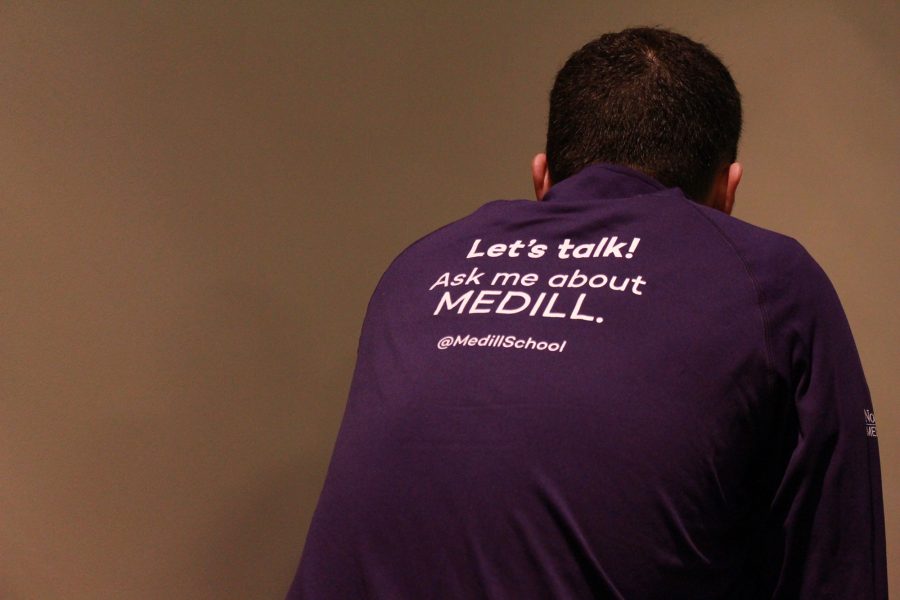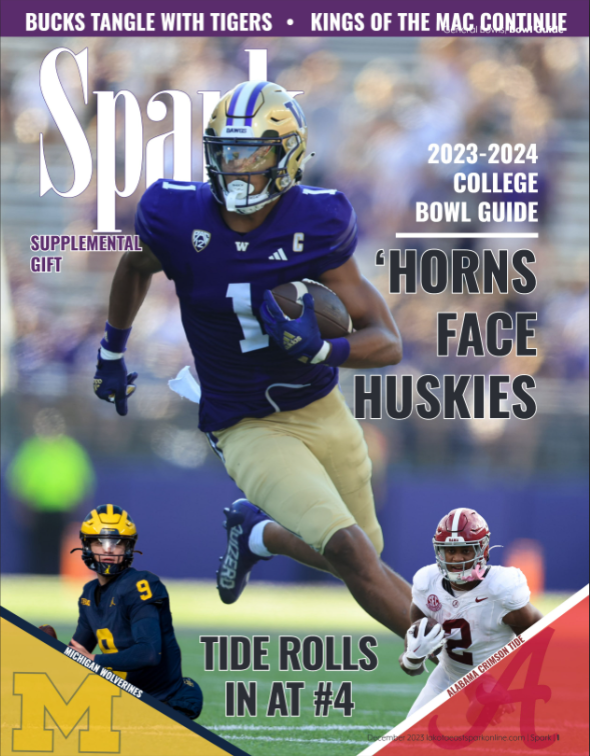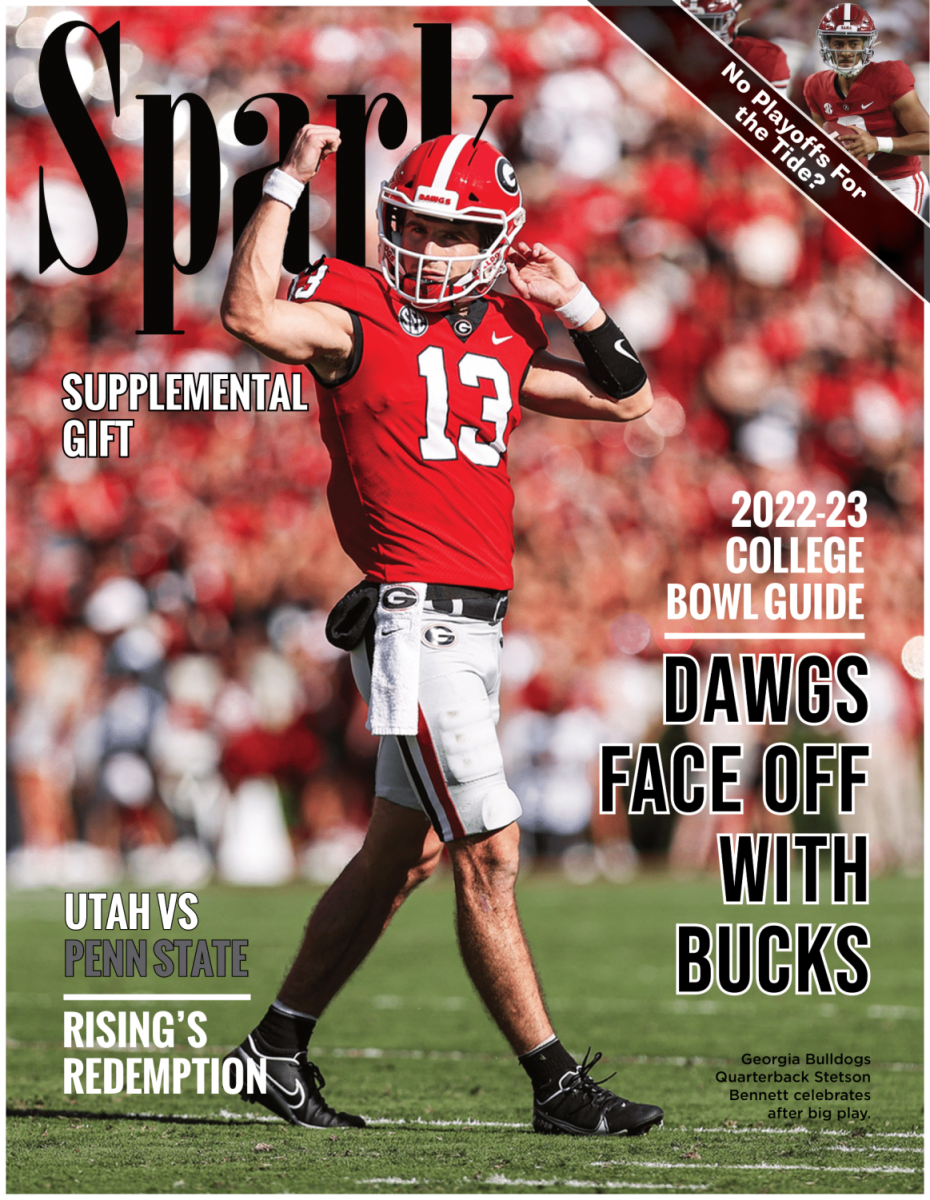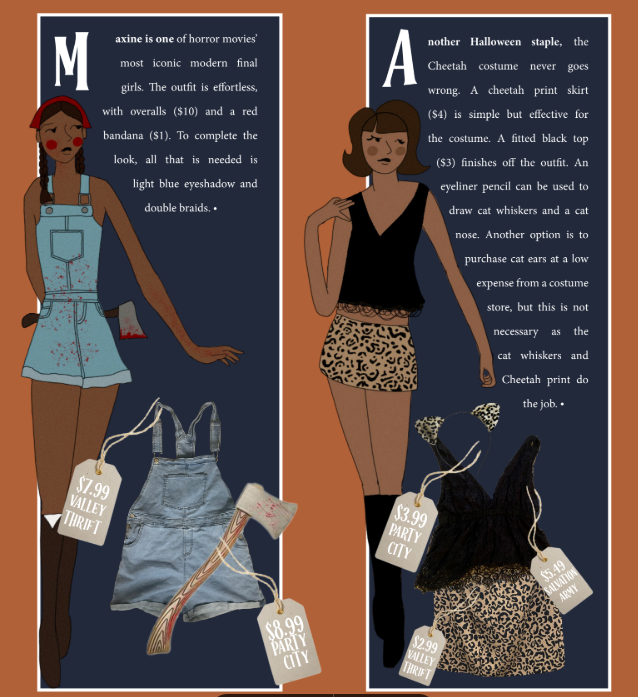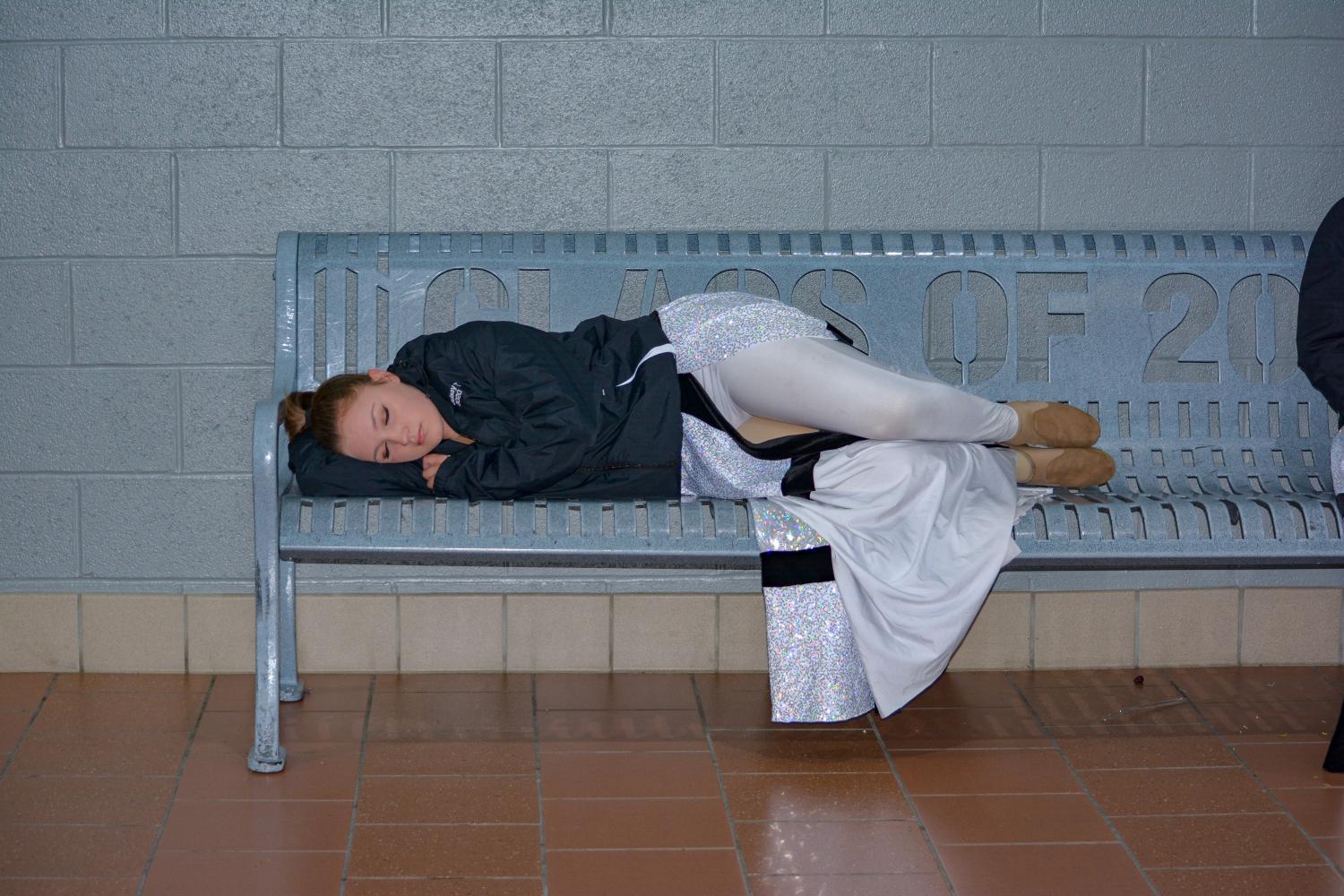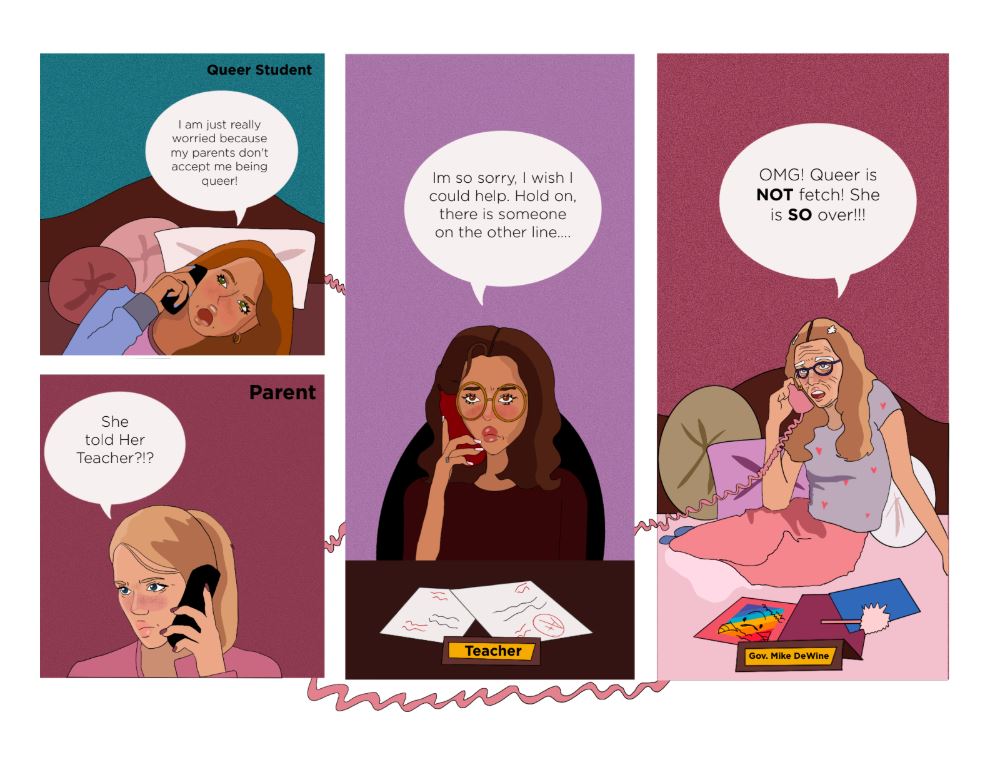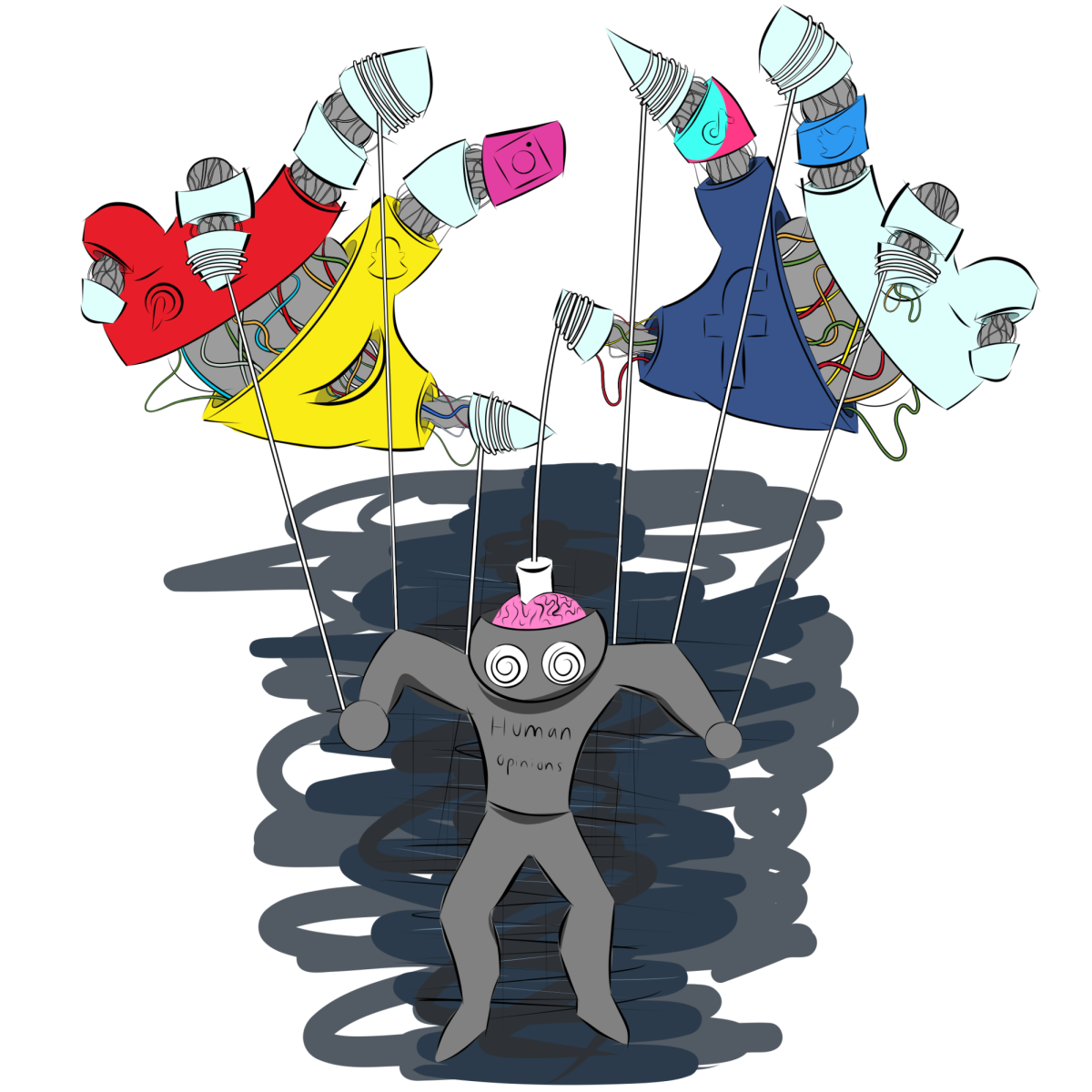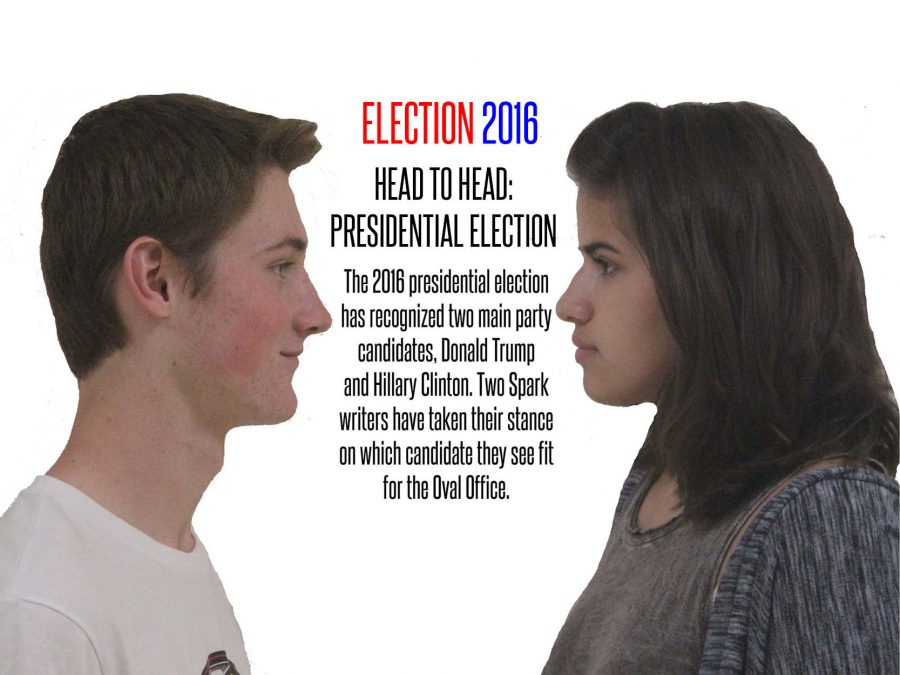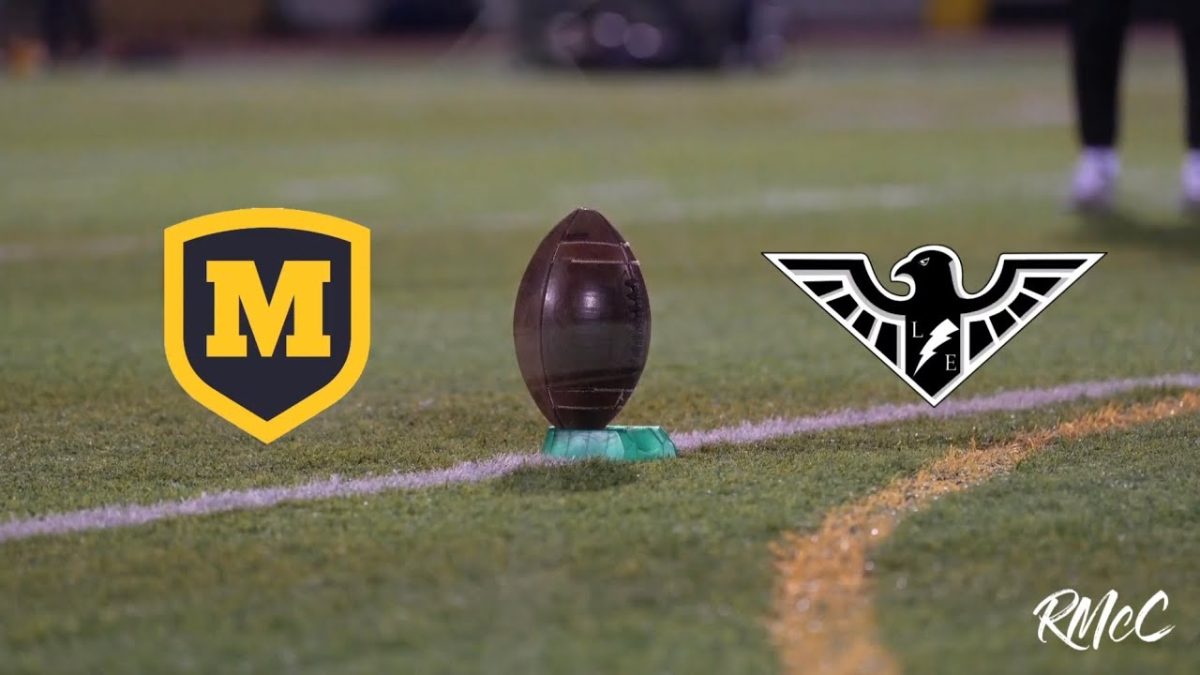Story by Sidney Li | Art by Tyler Bonawitz
*denotes name change
On a crisp fall evening, a group of high school boys sprawled around a bonfire with hard liquor in hand. Intending to either spend the night or leave hours later, everyone continued to drink. However, East sophomore Mark Duncan* stayed sober because he had to be home at midnight and knew he could not take the risk of drinking and driving.
Unlike Duncan, his friend decided to drive after drinking about one fourth of a bottle of alcohol. Duncan noticed that his friend had began to stumble into his car and coaxed him sit in Duncan’s passenger seat. This was just one of the instances Duncan has dealt with driving his friends who were under the influence.
According to a 2012 report conducted by the Centers for Disease Control and Prevention (CDC), one in 10 teens drink and drive. When 16-20 year old drivers have a blood alcohol concentration (BAC) of 0.08 percent, they are 17 times more likely to die from a crash than when they don’t drink.
When Duncan drove his friend home, he was adamant on making sure he stayed safe and didn’t drive because “he can’t be reckless with his life.” Duncan couldn’t bear to lose his friend or allow him to cause any crashes on his way home.
“It’s a really bad idea because you’re driving a machine and your mind’s not in the right [place],” Duncan said. “[With] one slip you could kill someone or yourself just like that.”
In Ohio, drivers under 21 years old make up less than 10 percent of licensed drivers; however, they make up 13 percent of driving under the influence (DUI) related fatalities, according to a 2015 Foundation for Advancing Alcohol Responsibility survey. Of 331 East students surveyed, 60 percent said they have known or know of someone who has driven while drunk.
According to a 2002 National Center for Biotechnology Information report, those who begin drinking before they are 14 years old are seven times more likely to be in a drinking-related accident at any point in their lives than those who drink after adolescence.
“I feel like parents are so strict with these things [like alcohol and drugs] that kids would get in trouble if their parents found out about [them drinking],” Duncan said. “So I think they would risk driving home to not have their parents be suspicious.”
For East junior Jayela Thomas, drinking and driving is an act that can be easily avoided if a person thinks thoroughly. One night while her mom was coming home from working in downtown Cincinnati, she got into a car accident on the road.
“Someone who was drinking and driving ran into the back of her car, and that incident has always made me nervous,” Thomas said. “My mom already doesn’t like driving because she’s terrified of driving on the highway. She told me this when I was younger so I could know of people making bad decisions around me.”
After that, Thomas became aware of how someone’s small actions can leave a large impact on another. It scared Thomas into almost not getting her license, but she persevered and plans on advocating against drunk driving in college.
“A good amount of people drink at some point in their lives, but to drink before getting behind the wheel is a selfish choice. Driving sober is a big responsibility, so driving intoxicated is too much for anyone to handle,” Thomas said. “The person you could potentially hurt, hit or kill probably was an innocent person. It wasn’t their choice as they certainly don’t deserve to be in that position.”
In the U.S., the BAC limit is 0.08 percent for all 50 states for a DUI or driving while impaired (DWI) for those over 21 years old. However, it is 0.02 for those under 21 years old.
Having a BAC of 0.08 percent means that person has eight parts alcohol for every 10,000 parts of blood in their body, according to a 2016 report from the Alcohol Policy Information System. After being pulled over, police can detect BAC levels with a breath, blood or urine test. Depending on the weight, gender and height of a person, their BAC level can fluctuate.
West Chester police department traffic safety investigator Mark York has dealt with minors and adults who have drank and drove. York says, “a driver does not have to be at the state limit to get a DUI. They can instead get [charged with operating a vehicle under the influence] (OVI) instead of intoxicated because there is a wide variety of things to be impaired on.”
“Impairment doesn’t necessarily mean the quantity of alcohol being drunk but how that alcohol affects the person,” York said. “Let’s say that a person who doesn’t drink at all decides to drink three beers; they will be impaired. On the other hand, there can be someone who drinks three beers every night and those beers don’t impair that person at all.”
A person’s BAC level helps the court decide the criminal penalties. Both a DUI and DWI are under the category of an OVI. A person’s chances of receiving jail time, a fine or a license suspension increases to one year, $350-$1,500, and a one to five year suspension from their first OVI to their second OVI.
York says that women are more susceptible to having a higher BAC than men because “they can generally drink more than women since they are heavier because of their muscle mass comprised of water.”
The consequences of an OVI can affect college, scholarships, insurance, and future jobs for the minors who have one on their record. However, once a person is charged with an OVI, there are several steps one can take to show signs of improvement to the court, such as voluntarily attending programs like Alcoholics Anonymous.
East senior Sarah Strack created a program called “2 Eyes, Just Drive” in order to educate her peers at East about distracted driving. While her mission is mainly focusing on texting and driving, she said that driving under the influence of alcohol and drugs is considered distracted driving as well.
“I brought a simulator in November and it included a drugs and alcohol simulation to show East a small perspective into that kind of distracted driving,” Strack said. “I feel like driving under the influence of alcohol and drugs still has a major influence. But texting and driving isn’t as stressed as the other two so I want to let other students know how crucial it is to not text and drive.”
Besides Strack’s schoolwide assembly in November, East Principal Suzanna Davis says there are no plans in the future for another assembly for distracted or drunk driving. Davis says “the main method of communication at East for drinking and driving is through dialogue instead of mandatory assemblies.”
“Over the years, we have done different kinds of things. One of the best ways to approach this is through dialogue between staff and students,” Davis said. “Sometimes one of the best ways to raise awareness is through an experiment like White-Out day to get people to think about the effects.”
East’s club Operation Hawks had their annual “White-Out” day on April 7 to encourage students to think about how prevalent drinking and driving can be. To represent the the 42 minors who die on U.S. roads every day, 42 East students were “killed” or had their faces painted white. If they were “whited out,” they were not allowed to talk throughout the whole day to make it seem more like they had actually died.
In 2013, there were 10,076 fatalities in alcohol-related accidents, accounting for 31 percent of total traffic fatalities that year. It also meant there was an average of one crash every 52 minutes, according to a 2013 report by the National Highway Traffic Safety Administration. Ohio resident Annie Rooney was killed by a drunk driver in July 2013. Then, Rooney’s family memorialized her by proposing a law to decrease the death rate by drunk drivers.
Ohio House Bill 388 or “Annie’s Law” was set to be implemented after being passed by Ohio governor John Kasich in January by providing changes to Ohio’s OVI charges. In hopes of alleviating the numbers of drinking and driving accidents, first-time offenders will receive a minimum of an one year driver’s license suspension instead of six months. Lengths of suspensions will also be increased for people who have committed an OVI multiple times.
Those convicted are allowed to request an interlock device in their ignition. Drivers need to blow into the breathalyzer device and the car will start only if no alcohol is detected. First time offenders who use this interlock device will also have their 13 month license suspension reduced in half.
According to a 2017 report from Mothers Against Drunk Driving (MADD), 1.77 million drunk driving incidents have been avoided due to the implementation of 11 million interlocks, currently used in Ohio and 27 other states, including Washington D.C.
Once charged with an OVI, drivers will have to go to court and have the ability to hire a lawyer to aid them in getting a lighter sentence. Criminal and DUI defense attorney Steven Adams has run a private practice since 2000 as 75 percent of his caseload is devoted to DUI and DWI cases.
“There are so many different varieties of DUIs and so many defenses. Furthermore, multiple offenders face very stiff penalties if convicted,” Adams said. “I try to convince the judge to minimize the sentence, [but] the worst outcome is having a client go to prison for a felony DUI or even jail on a misdemeanor DUI. The best outcome is winning a trial or a pretrial motion and getting the case dismissed.”
The age group that Adams primarily deals with is between 21 and 40. But if an underaged person submits to a chemical test at or above 0.02 BAC, they are entitled to a trial. When the defendant is 18 to 20, they can submit to a jury trial but if they are younger, they have to attend a bench trial.
A jury trial consists of six to 12 citizens who judge the verdict of the case after hearing both sides in court. However, a bench trial takes place in front of a single judge, which is quicker as only one person decides the verdict.
Either way, minors will most likely get their licenses suspended for a period of time or even revoked, according to Adams. Until then, minors could take classes on distracted driving or not even be eligible for a license in the future.
According to the 2016 Monitoring the Future study, alcohol consumption in eighth, 10th, and 12th graders across the nation has reached its lowest level since the study began. With these decreased numbers, adolescents are showing signs of avoiding drinking and driving.
“A lot of people have this perception that they are invincible after drinking. Whether it’s when they are driving or with their friends in the car, they could think ‘that won’t be me’ when it comes to getting in an accident,” Thomas said. “There’s so many facts and statistics that prove drunk driving isn’t smart so I don’t get why people still do it.”




































